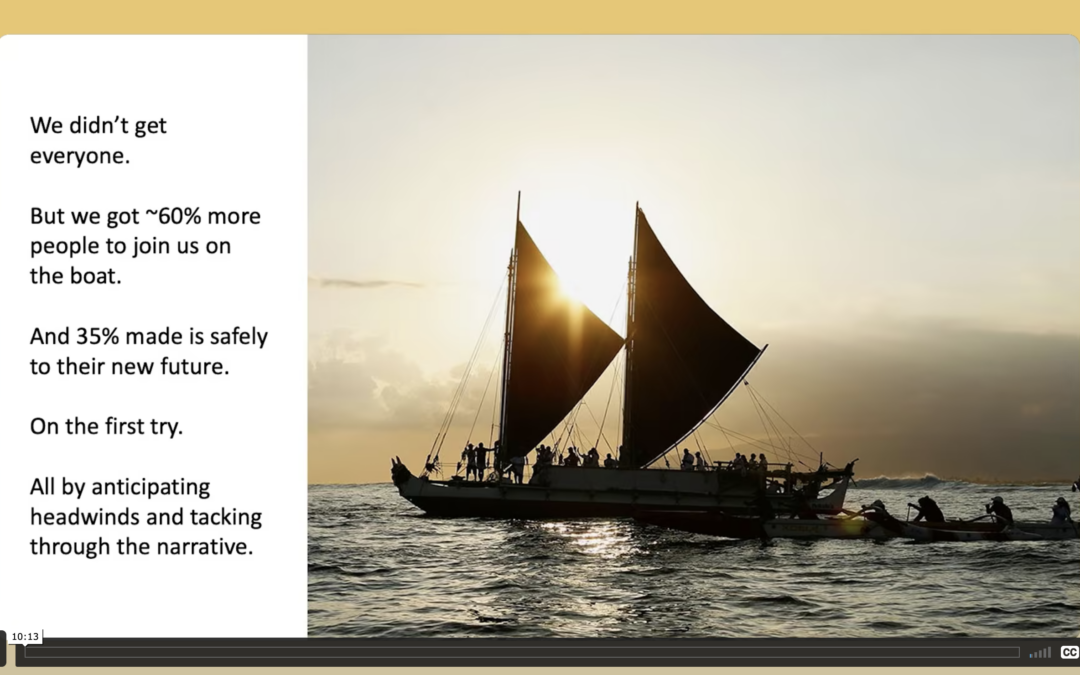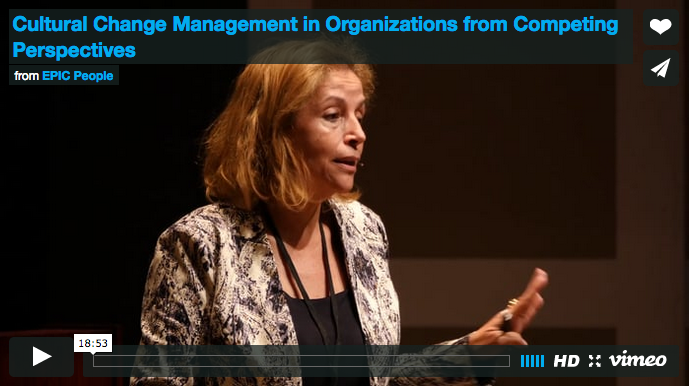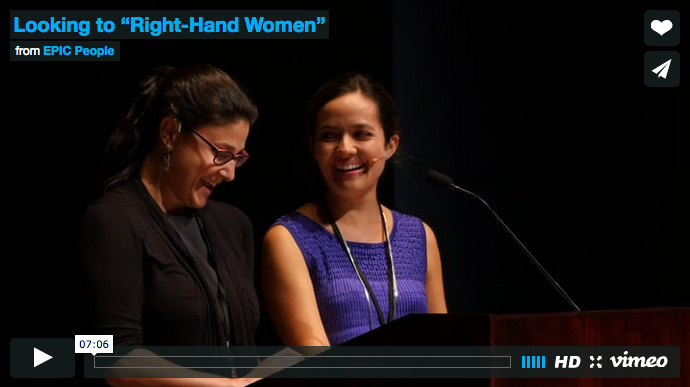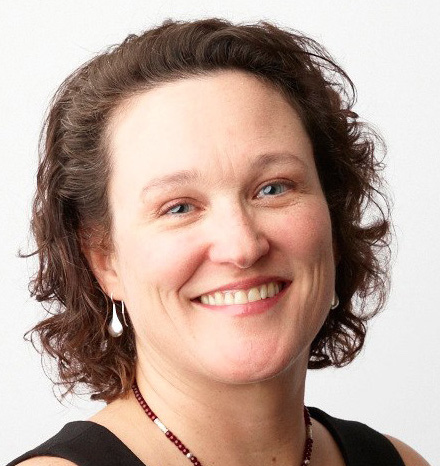This paper proposes a framework for addressing entrenched resistance to change. It borrows a metaphor from sailing to suggest that the best way through unwanted transformations is by “narrative tacking.” Drawing a parallel to how sailors navigate through headwinds by “tacking,” I argue that...








